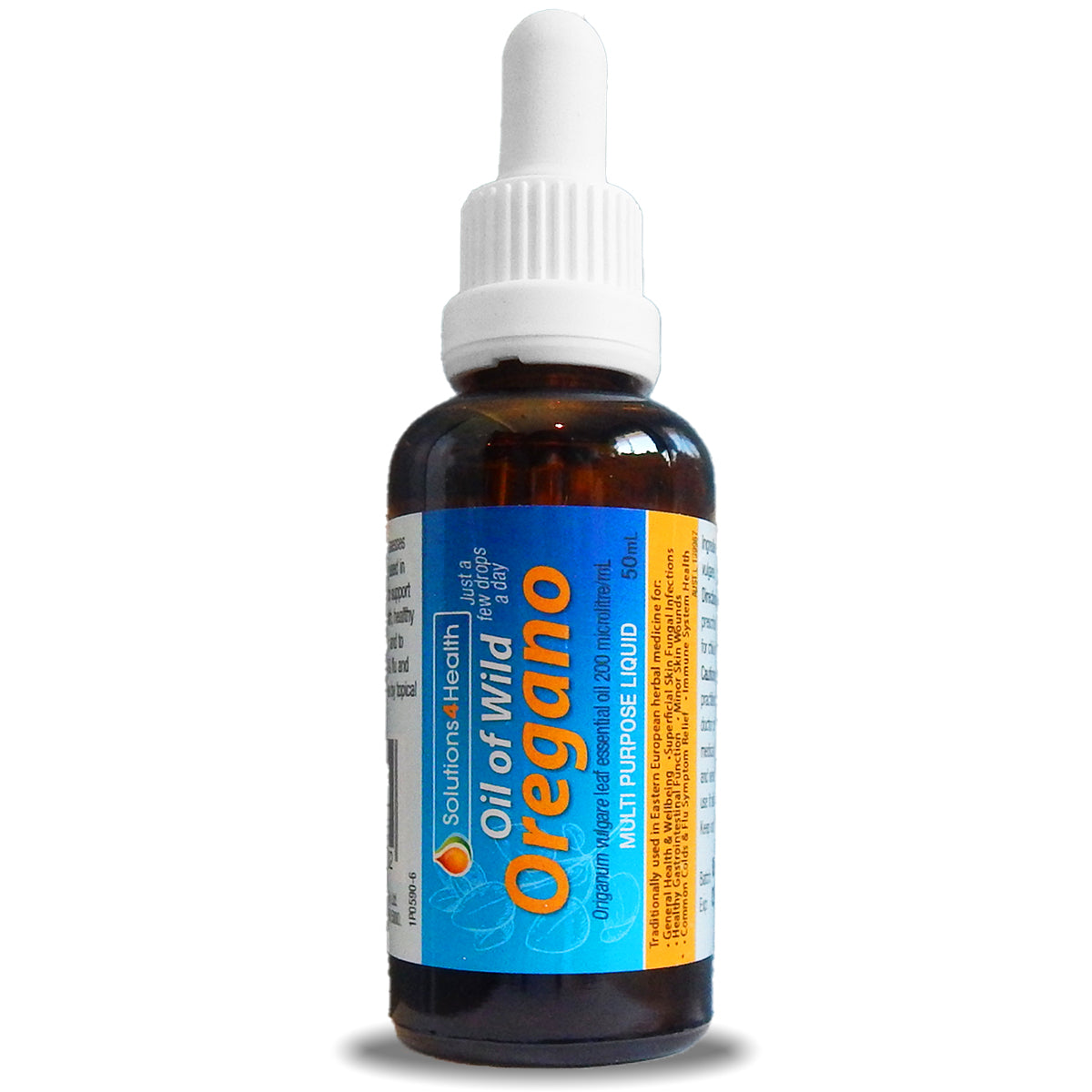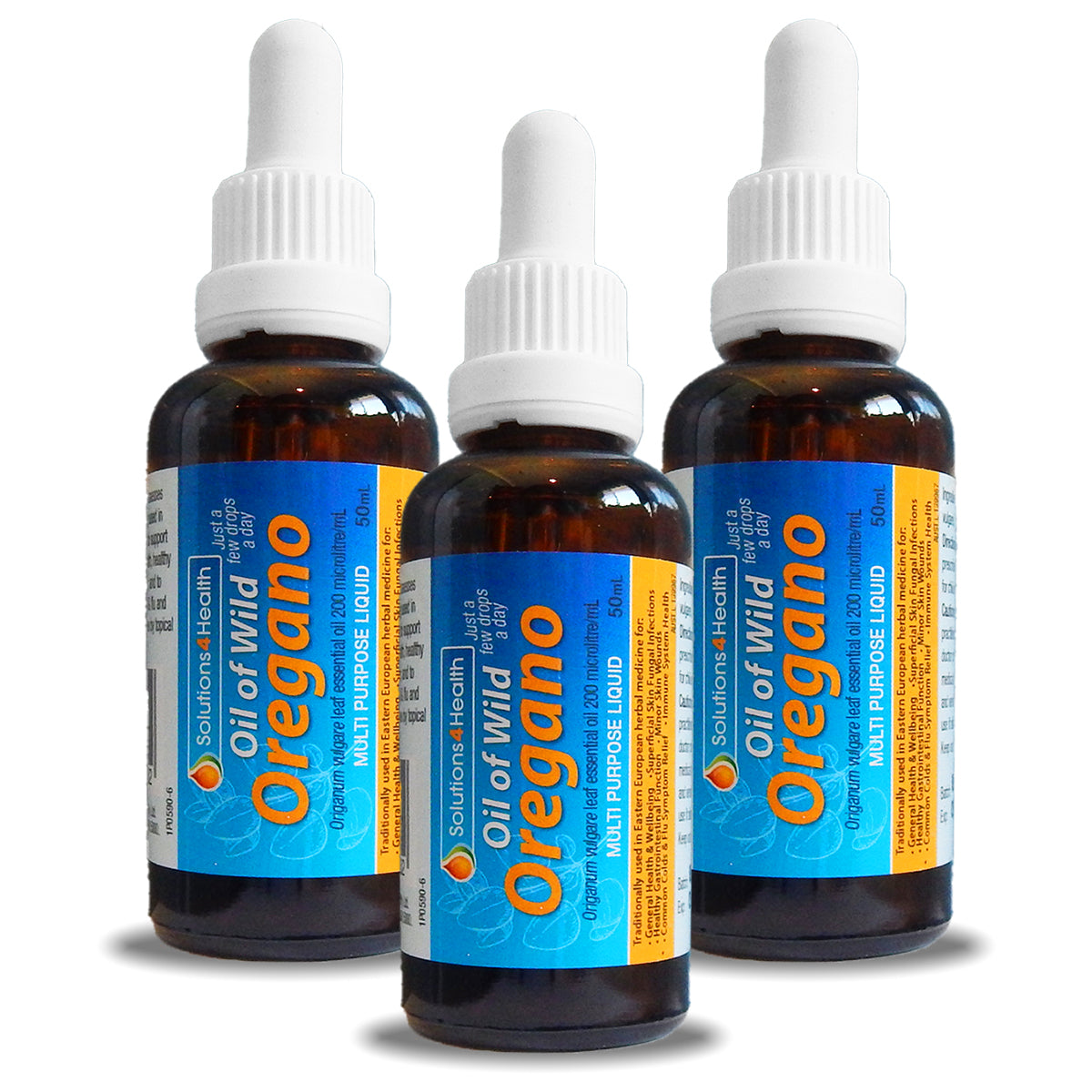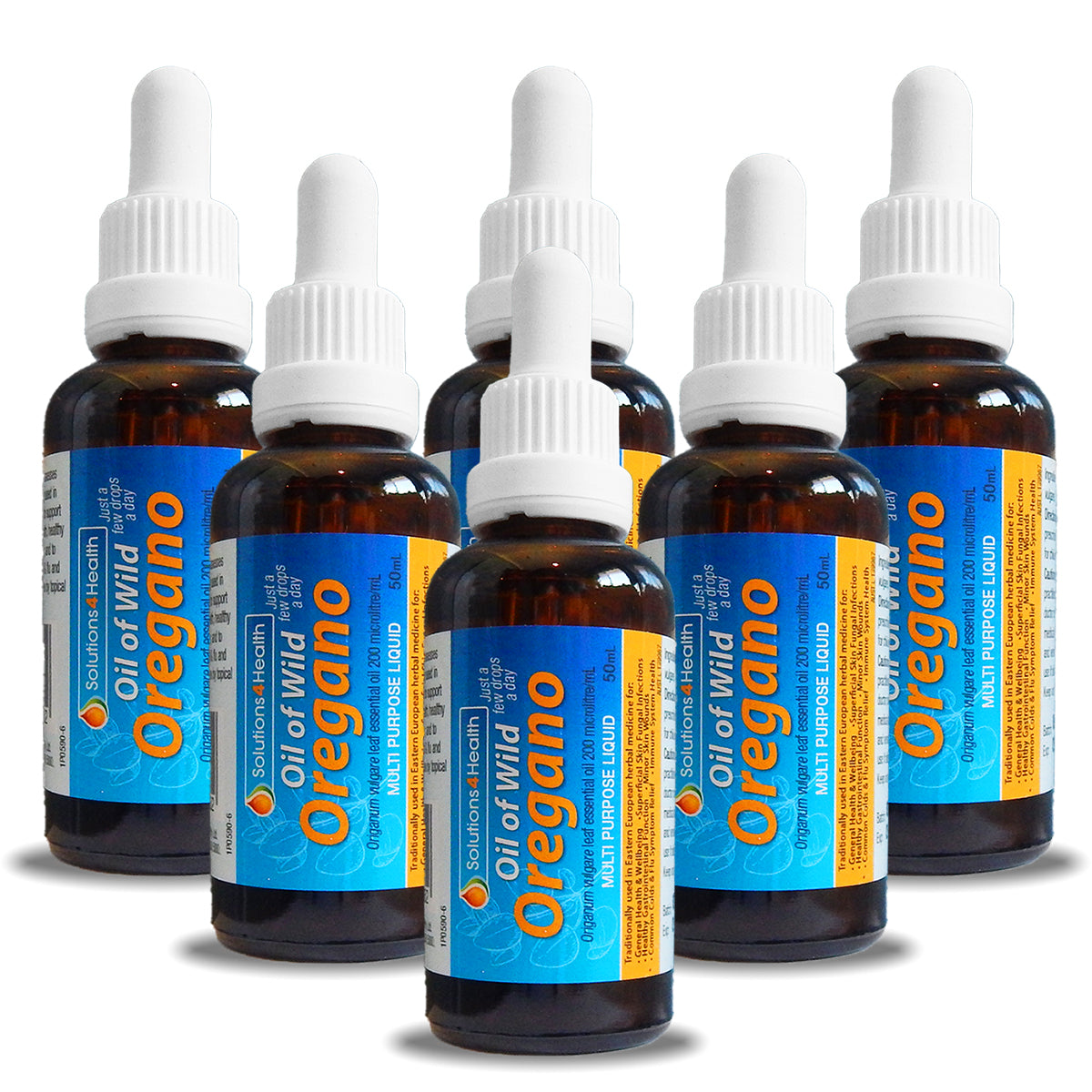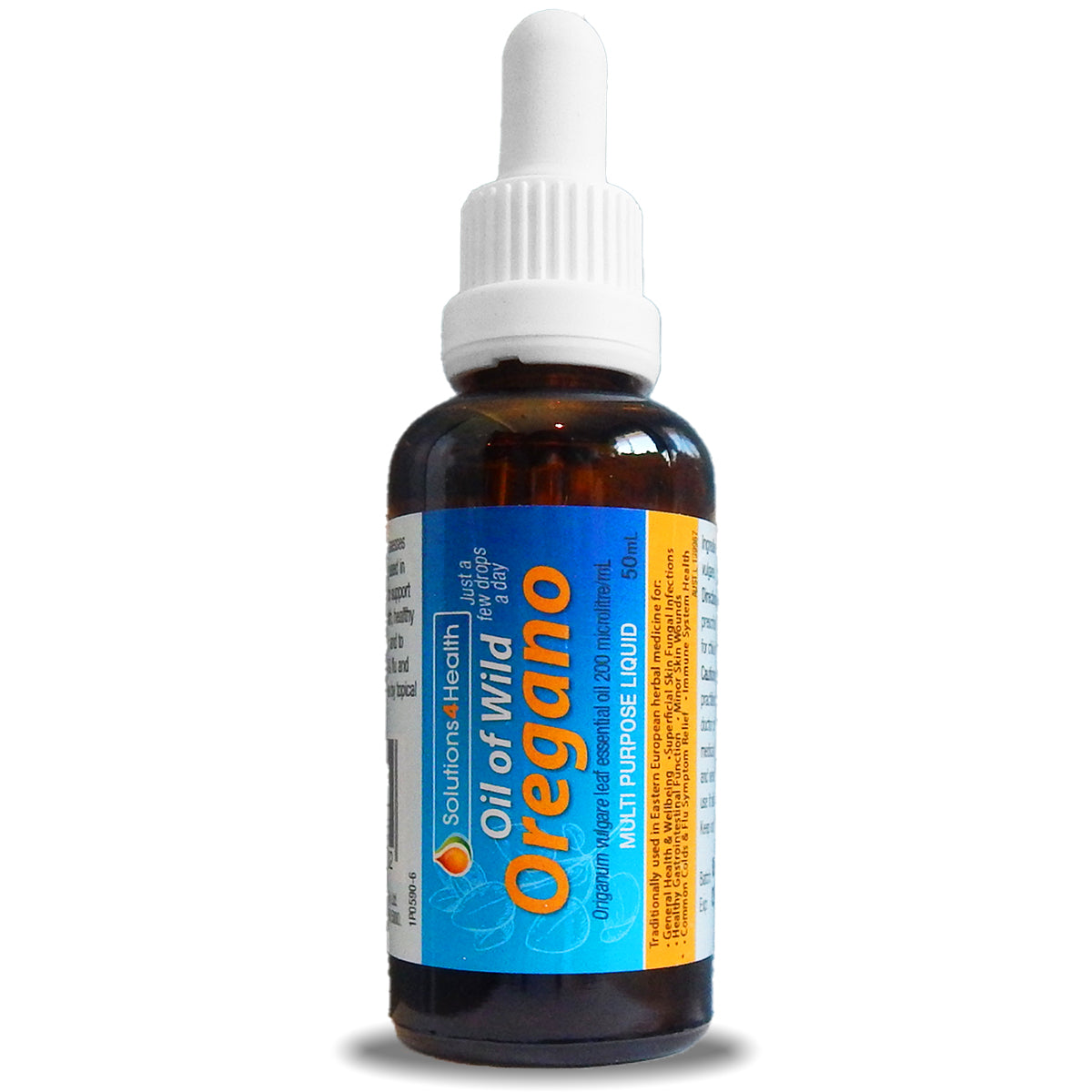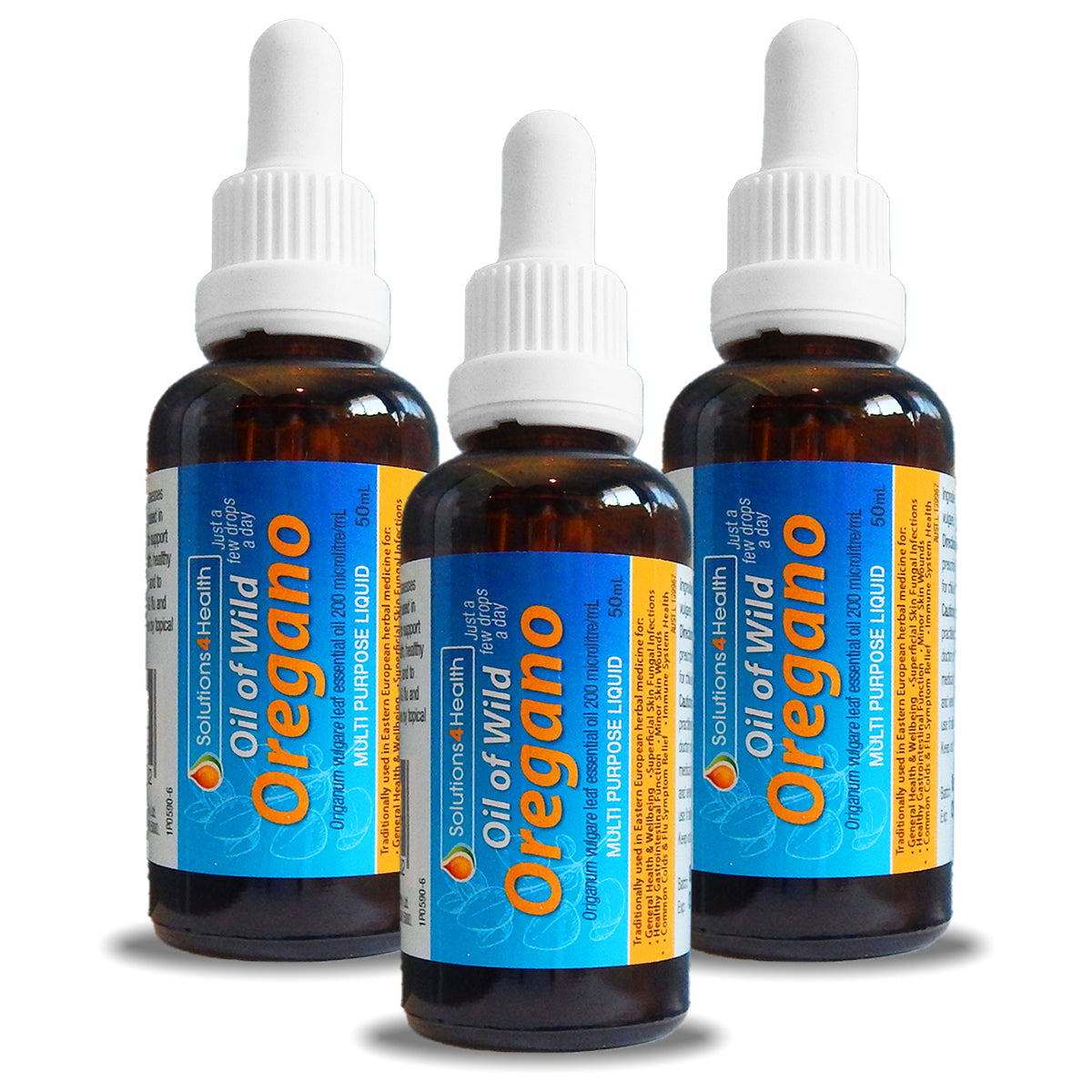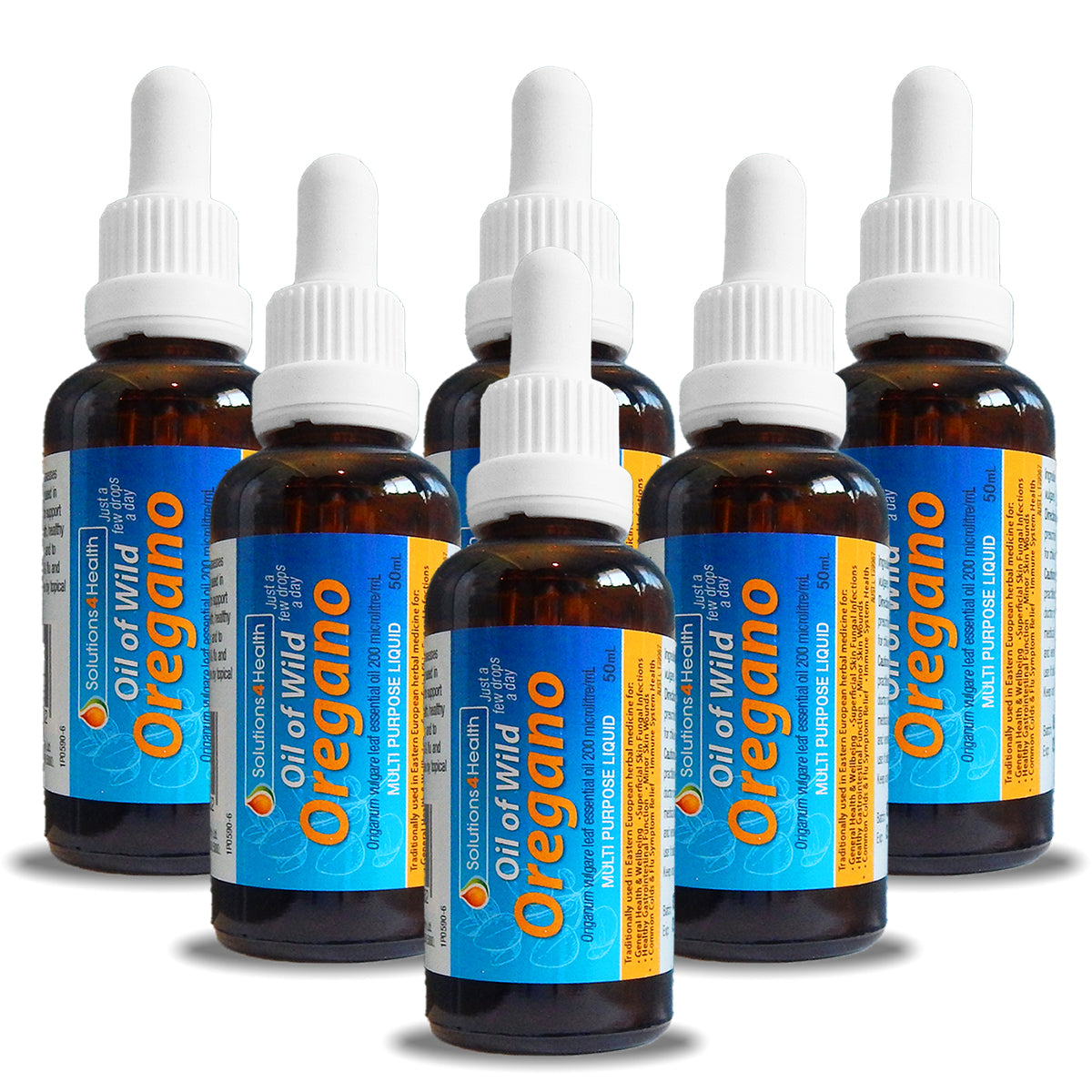Penicillin was discovered in 1928, but it wasn’t until the mid 40s that it came into clinical use. It was soon after that multidrug resistance bacteria first became an issue. Penicillin was used to treat Staphylococcus aureus (a common type of bacteria) but it wasn’t long after clinical usage of penicillin that the bacteria built a resistance to it. And ever since then cases of multidrug resistant bacteria have been on the rise.(1)
Multi-Drug-Resistant bacteria, much like the name states, is a bacteria (organism) that is resistant to multiple different types of drugs (antibiotics) that would have usually worked in the past to control or destroy the bacteria but now no longer do.(2)
When penicillin was discovered, the commercial production of many other antibiotics followed. The medical revelation that any infectious disease was curable by antibiotic therapy was pushed upon many doctors to treat almost anything. This unfortunately led to antibiotics being used when they weren’t needed and being used for longer periods of time than necessary. (3,4)
The increase in use of antibiotics coincidently increases the chance of bacteria surviving and becoming resistant to the antibiotic.(3)
This dilemma occurred because just like everything else in this world, bacteria also have the need to survive.
When a colony of bacteria are exposed to an antibiotic, some of those bacteria which are susceptible will die immediately and those bacteria that unlike the other bacteria in the community are not susceptible to the antibiotic and therefore survived. This means they pass on their resistant features to the next generation.
Mutations are part of the features that allow one bacteria to survive in comparison to another without the mutation. Bacteria are extremely numerous, meaning the rate and variety of random mutation is high. (5)
Some bacteria can develop their own defence mechanisms in which it removes the antibiotic before reaching its target by secreting enzymes to neutralise or deactivate the antibiotic.(5)
Along with all these mutations and defences, bacteria reproduce at a very rapid rate. It can take as little as 20 minutes for the next generation of bacteria to arise. This allows for that one bacteria that survived due to a random mutation to then increase from one resistant bacteria to a population of resistant bacteria.(5)
Multidrug resistant bacteria has led to the increase of morbidity, mortality, length of hospitalization as well as overall healthcare costs. Reversing antimicrobial resistance is unfeasible at this point and therefore has pushed the industry to venture into different areas to combat this issue.(3)
From the 1940s to 1990s the back and forth between creating and discovering new antibiotics was successful in keeping up with the bacteria that were creating a resistance to the new antibiotics. However in recent years this strategy has failed and the resistant bacteria are developing faster than the development of antibiotics. (8)
The need for development of a non-antibiotic approach, one which yet has to create a resistance to multidrug resistant bacteria is now more important than ever. It is estimated that there will be no effective antibiotics available by the year 2050, if no new drug is developed or discovered soon. (6, 7)
Natural products, such as essential oils, are viewed as a privileged group of structures which are forever evolving. (9)
The knowledge of essential oil benefits has been accumulating since 1887, when Charles Chamberland noted that oils of cinnamon bark, oregano and geranium were active against a bacteria known as Bacillus anthracis.
Essential oils are known to possess different biological properties such as anti-inflammatory, sedative, digestive, antimicrobial, antiviral, antioxidant as well as cytotoxic activities [10, 11,12]. There are also many other potential benefits of oregano oil.
Essential oils are important to this topic because they now represent a distinctive group of possible novel drug compounds due to their chemical and structural variance that makes them functionally versatile. (12)
This has led to combination therapy, which is a relatively new approach to combat antibiotic resistance. It is where essential oils are used in combination with already known antibiotics.
It has been found that the oils have synergistic effects in where it enhances the overall end results, in comparison to when each component (essential oil and antibiotics) were used on their own. The combination of the two products surpasses their individual performance. (12,13)
This approach has been found to reduce the minimum effective dose normally required by antibiotics. This in turn reduces the adverse side effects that come with prolonged use of antibiotics.
The fact that the combination of these two bacteria fighting products result in a high synergistic outcome can lead us to new choices in the realm of overcoming microbial resistance. (12)
So far, the weight of evidence suggests that bacteria do not develop resistance to essential oils. This could be due to essential oils being multi-component in structure compared to other antibiotics having only a singular target site. (12) However resistance could happen in the future, nature should never be underestimated but that notion applies to both contenders. Plants are a product of nature and have shown to be evolving to compete with its environment, evolving for millions of years for this very purpose.
- Saga, Tomoo & Yamaguchi, K.. (2009). History of Antimicrobial Agents and Resistant. Japan Medical Association Journal. 52. 103-108.
- Siegel, J.D. et al. (2007) “Management of multidrug-resistant organisms in health care settings, 2006,” American Journal of Infection Control, 35(10). Available at: https://doi.org/10.1016/j.ajic.2007.10.006.
- Medina, E., Pieper, D.H. (2016). Tackling Threats and Future Problems of Multidrug-Resistant Bacteria. In: Stadler, M., Dersch, P. (eds) How to Overcome the Antibiotic Crisis . Current Topics in Microbiology and Immunology, vol 398. Springer, Cham. https://doi.org/10.1007/82_2016_492
- Nikaido H. Multidrug resistance in bacteria. Annu Rev Biochem. 2009;78:119-46. doi: 10.1146/annurev.biochem.78.082907.145923. PMID: 19231985; PMCID: PMC2839888.
- What is Antibiotic Resistance, Missouri Department of Health & Senior Services. Available at: https://www.annualreviews.org/doi/10.1146/annurev.biochem.78.082907.145923 (Accessed: November 27, 2022).
- Vivas, R. et al. (2019) “Multidrug-resistant bacteria and alternative methods to control them: An overview,” Microbial Drug Resistance, 25(6), pp. 890–908. Available at: https://doi.org/10.1089/mdr.2018.0319.
- Lu, M. et al. (2018) “Bactericidal property of oregano oil against multidrug-resistant clinical isolates,” Frontiers in Microbiology, 9. Available at: https://doi.org/10.3389/fmicb.2018.02329.
- Livermore, D.M. et al. (2011) “Discovery research: The Scientific Challenge of finding new antibiotics,” Journal of Antimicrobial Chemotherapy, 66(9), pp. 1941–1944. Available at: https://doi.org/10.1093/jac/dkr262.
- Yap, P.S. et al. (2014) “Essential Oils, a new horizon in combating bacterial antibiotic resistance,” The Open Microbiology Journal, 8(1), pp. 6–14. Available at: https://doi.org/10.2174/1874285801408010006.
- Bakkali F, Averbeck S, Averbeck D, Idaomar M. Biological effects of essential oils--a review. Food Chem Toxicol 2008; 46(2): 446- 75
- Burt S. Essential oils: their antibacterial properties and potential applications in foods--a review. Int J Food Microbiol 2004; 94(3): 223-53.
- Yap, P.S. et al. (2014) “Essential Oils, a new horizon in combating bacterial antibiotic resistance,” The Open Microbiology Journal, 8(1), pp. 6–14. Available at: https://doi.org/10.2174/1874285801408010006.
- Gibbons S, Oluwatuyi M, Veitch NC, Gray AI. Bacterial resistance modifying agents from Lycopus europaeus. Phytochemistry 2003; 62(1): 83-7.

